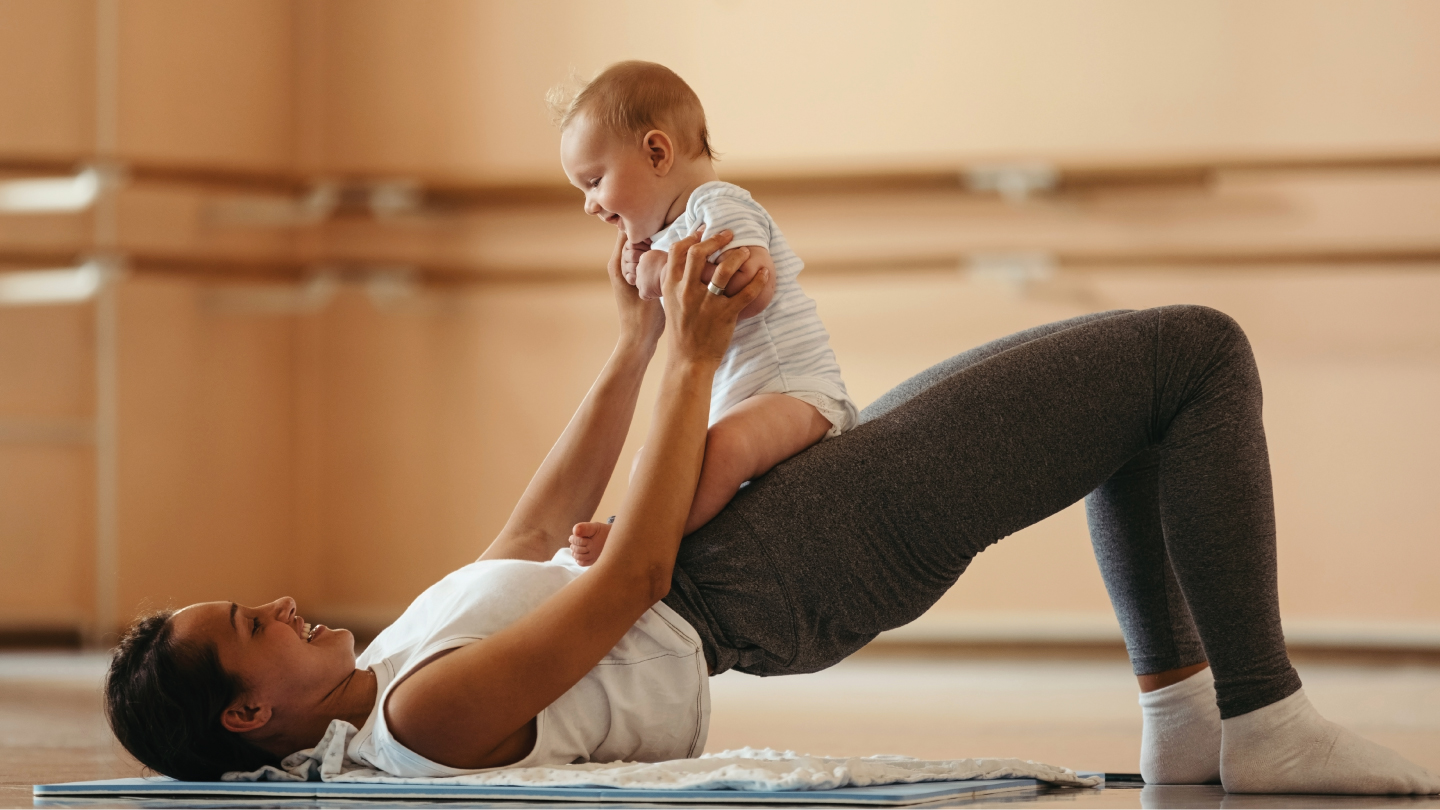Movement
How To Start Running—A Plan For Beginners
Run 3km in just four weeks with this easy run-walk plan and heart-thumping playlist that will get you off the couch and on the track.

One of the most common reasons many of us delay or discontinue engaging in physical activities is the lack of resources, training or equipment. What if we told you that it’s possible to get back on track (quite literally) with no prior experience or extensive paraphernalia? Running mentor and marathoner Coach Ravinder Singh explains, “After walking, running is the easiest way to get fitter. All of us progress from walking to running since infancy, hence it comes naturally to us.”
Not only is running a convenient exercise, it has tremendous benefits. In a 2015 study of 55,137 adults (aged between 18 and 100), published in the Journal of the American College of Cardiology, it was concluded that, “Running, even 5-10 minutes per day and at slow speeds <6 mph, is associated with reduced risks of death from all causes and cardiovascular disease.”
Not just that, running is also psychologically enriching, as it releases endorphins, thereby uplifting your mood. It also improves your sleep and overall cardiovascular health.
The first step is the hardest, and mental conditioning plays a big part too. Besides basic fitness, you need no prior experience to start running. However, Coach advises those with chronic pain, injuries and conditions like high pressure to take it easy. “Don’t do too much too soon”, he says. You should aim at a 10 percent progression per week. “It doesn’t matter if you run, jog or walk. You just have to finish your goal distance,” assures Coach.
Here’s everything you need to know to jumpstart your journey in a safe and sustainable way—a beginner’s guide by Coach Ravinder himself, along with some essential tips and ways you can make the running experience even more enjoyable.
Six Running Tips and Precautions To Keep In Mind
- Stay hydrated: It’s already a bad move to not drink enough water throughout the day. When you’re physically exhausting yourself, then, make sure to carry a water bottle to avoid dehydration, fatigue and dizziness.
- Avoid running on an empty stomach: Starting your day with a jog is a good idea, but doing so without even a snack means that you’ve been fasting since your last meal the previous day. Coach Ravinder urges everyone to have something before hitting the road. Even if you are medically advised to have an empty stomach early in the morning, carry a snack for later, like a banana or an energy bar.
- Wear safe gear: Due to untrained muscles and joints, Coach recommends wearing cushioned shoes to avoid injuries to your bones and muscle. Opt for reflective clothing if you’re running early in the morning or late at night to avoid accidents.
- Choose the right track: Where you run is extremely important based on your experience level. As a novice, Coach suggests avoiding hard, concrete surfaces. Softer dirt tracks are ideal for your initial training weeks.
- Always have the right form: How you run determines the effectiveness of your workout more than how long you do it. “Look straight ahead, don’t look down. Your arms should swing front and back and not cross across the middle of your chest since horizontal movement will waste your energy”, instructs Coach.
- Take it slow: Finally, it is important that you follow a realistic and safe trajectory. Slowly build your strength instead of pushing yourself too far. With his Walk-Run strategy, Coach Ravinder has compiled multiple comprehensive schedules for beginners to gradually up their endurance. The idea is to walk for a few minutes and follow it up with a few seconds of running, for a certain amount of time or until you reach your goal distance. By the end of your entire training, you should be able to run through all of it.
Coach Ravinder’s 3km Training Guide For Beginners
EXPLORE MORE
Thinking of running your first marathon? Running coach Suresh Srinivasan breaks down everything you need to know—from building a solid base to race-day mindset.
From diet to movement, here’s how to make your bones fracture-resistant.
You’ve done yoga on a mat; now discover the practice that literally lets you fly while toning your core and calming your mind.
From gentle Pilates to mindful breathing, holistic wellness expert Vesna Jacob explains why true postpartum recovery is all about rebuilding trust, strength, and reconnecting with your body.






.jpg)

.jpg)

